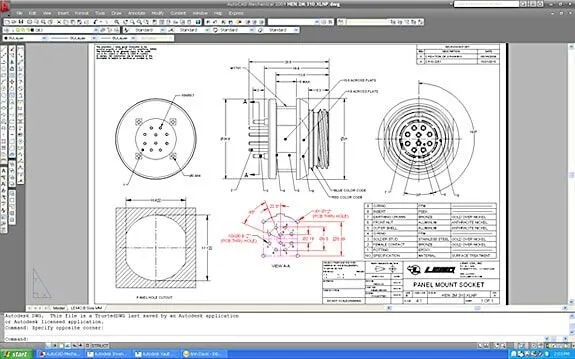BIM for FM (Facilities Management)

Building Information Modelling (BIM) is one of the most important concepts in the building industry. In the United States, the Federal Government, via GSA, was instrumental in leading the construction industry into the wide-spread adoption of BIM. In the UK, the government is set to require fully collaborative 3D BIM on all public sector projects by 2016. In fact, worldwide the acceptance of Building Information Modeling in the construction industry has become nearly standard.

However, the view of it within the facilities management (FM) arena is still mixed. In fact, facilities managers as a whole have been slow to adopt BIM within their profession. This may simply be a matter of exposure. Since the adoption of BIM has been driven by government construction, the design, engineering, and construction professions have engaged more quickly with the technology in order to win government bids.
The government’s use of BIM for FM has been more recent. In fact, in the US, the GSA Office of Design and Construction has just recently begun encouraging, documenting, and evaluating the use of BIM technologies to support facility management and building operations. Likewise, in the UK, government agencies and private corporations are realizing that while BIM might have emerged from the construction arena, it cannot be ignored by the FM industry.
The Use of Facility Data for BIM
Having learned the value of BIM in construction projects, facilities managers are leveraging facility data throughout the facility lifecycle to provide safe, healthy, effective and efficient work environments for their clients. Facility data is created throughout the design and construction process. By updating this data throughout the facility lifecycle – through small projects, daily operations, and maintenance, as well as during major renovations & alterations, facilities managers can provide greater efficiencies such as:
- having accurate as-built information to reduce the cost & time required for renovations;
- increasing customer satisfaction;
- optimizing the operation and maintenance of building systems to reduce energy usage.
Facilities managers across the globe are beginning to engage with BIM as they realize the efficiencies that it can bring to their profession and the advantages to be had over a building’s life cycle. As more FM professionals engage with BIM, their input will help to clarify the technology and will play a vital role in promoting the understanding of BIM and the best practices of its use in FM.
What BIM brings to Facility Management
The main reason for using BIM for facility management is to enable the building owners and managers to access and use all types of facility data to best advantage throughout the facility lifecycle. The intent is to provide safe, healthy, effective and efficient environments for building occupants at a reasonable cost with minimum impact to the environment. BIM can be used starting with the design phase of a building’s life to maximize design usage; continue through the construction process to ensure the best construction methods for on-time delivery within budget. The BIM information that is created during the design and construction phases provides the foundation of data that we used and updated throughout the building’s life, to manage and coordination occupancy, operations, maintenance, renovations, alterations and, finally demolition.
When a BIM is integrated with a facility’s maintenance management system, the BIM can be used to:
- automate system preventive maintenance programs
- connect to the existing system software in order to supplement the data and information that already exists
- improve space management
- help with building analysis and sustainability initiatives
- streamline change management and identify conflicts
- connect with a facility’s building automation system, for controlling lighting, sound systems, fire prevention, and sprinkler systems, HVAC systems and other automated systems within the building.
Successful Integration of BIM and FM
To enable this to happen across a wide range of public and private buildings, facilities managers must get involved and support the BIM at an early stage, not only for the benefit of individual projects but also to ensure that the development of the data technology and BIM tools will be fit for ongoing facilities management. Early engagement of FM and the end-user during the design and construction process can ensure successful integration.
With this early engagement, delivery and operation of the building can be considered as a key element of the design, with continued commitment after the handover from the design and construction teams.
Post-occupancy evaluation and feedback to design and construction teams via the BIM can help capture lessons learned for future projects. The BIM will provide a fully populated asset data set to feed into FM systems, with the data being maintained for the entire building life-cycle.
Recent Posts


CAD Outsourcing Doesn’t Have to Be Done In India
CAD Outsourcing Doesn’t Have to Be Done in India Do a Google search for “CAD Outsourcing” and what you’ll find is lots of firms located in India, which is fine if you’re prepared to go off-shore for CAD services. But what if your U.S. based company prefers to stay a...

AutoCAD Fiber Optic Designs & Drawings
Before proceeding forward in explaining the affinity between AutoCAD and Fiber Optic, it would be prudent to rationalize the utility of optical cables. When communicating between systems, either via the internet or via an internal network system, a medium needs to be...

CAD Outsourcing: How to Get the Most Out of Engineering
In today’s competitive market, companies need as much help as possible. If you want to take a larger market share, you can start by outsourcing some of your work. This is a quick way to expand your engineering power without onboarding and training a new staff. This...
